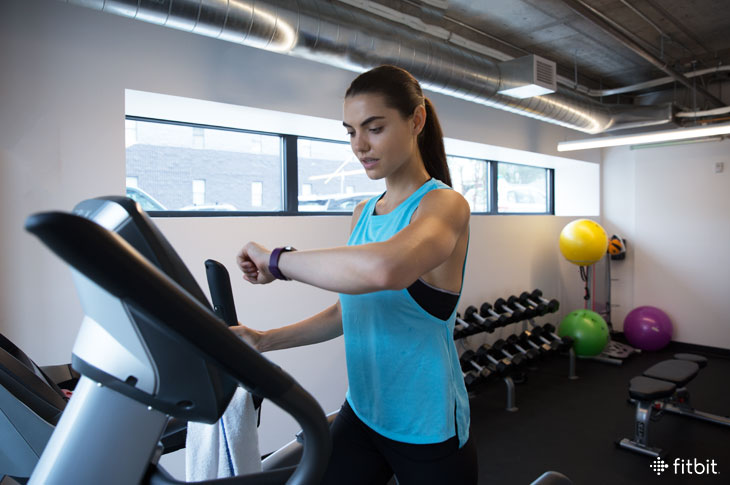
If you’ve been dialed in to fitness for a while, you’ve probably heard of lactic acid (lactate), a metabolic byproduct of exercise. Or you may have felt it in the form of post-workout muscle soreness: When lactic acid builds up, it can create a burning type of pain.
During light to moderate exercise, you’re more easily able to get oxygen to working muscles, and your blood lactate level remains low. But once you start ratcheting up your intensity, your muscles receive less oxygen, and blood lactate starts to accumulate faster than your body can process. That initial rise in blood lactate (from your original baseline) is known as your Lactate Threshold.
OK, so what is OBLA, and why should it matter to you?
OBLA, or the Onset of Blood Lactate Accumulation, refers to the specific point during exercise when your blood lactate begins to increase at a rapid rate. This is when you feel like your body starts to shut down: your muscles become fatigued, and every step can feel like you’re wearing lead shoes.
But if you can get to know your OBLA, you can reap more from your workouts—no lead shoes necessary. High-intensity exercise delivers major benefits, like fat loss and increased strength. You can also tax your body over a shorter duration, making intense workouts a good option for the time-strapped. You can maximize your intensity without suffering from premature fatigue (stopping early), and even excessive soreness. Over time, you can improve your long-term endurance (cardio health), too.
The key is to exercise at an intensity level just below your OBLA.
How to find your OBLA
Just like you, it’s unique! While your exact OBLA can be determined in a lab (think, a pin-prick on the finger), you can still estimate it on your own. For your next few intense workouts, be mindful of when you start to feel tired. You will notice a “sweet spot” —a point when you can work hard yet still keep going. As you start pushing your limits, feel where your muscles start to burn, or you can barely keep going. That’s when you’ve reached (and perhaps even pushed past) your OBLA.
Another way to find your OBLA is to watch your heart rate with your Fitbit tracker. When you reach the point in your workout that feels like you can’t push any harder, note your heart rate. You may need to do this a few times, to see what remains consistent. (And your OBLA can change with different modes of exercise, so you might want to keep track of a couple different numbers, depending on how often you change up your routine.) Aim to exercise at a heart rate just below that number.
You’ll start to notice that in time, when you train just below your OBLA, it will start to occur at a higher exercise intensity. That means you’ll be able to work out harder, longer. In other words, you’ll be a fitness machine!
This information is for educational purposes only and is not intended as a substitute for medical diagnosis or treatment. You should not use this information to diagnose or treat a health problem or condition. Always check with your doctor before changing your diet, altering your sleep habits, taking supplements, or starting a new fitness routine.

I am a fairly well controlled Type 1 diabetic. I have lost 84lbs over the last 2 years. Slow and steady. I walk at least 12,000 steps daily and 5 days a week I go to a fairly hard core boot camp. The last few months, my left calf aches. I have I would est. a very low fat percentage on my calves. It is a dull ache. It goes from behind my knee on down. I haven’t injured it. Any ideas?
Lost 45 lbs. in roughly 3 months with the FitBit program. The most important thing for me was the meal section with FitBit. Being able to plan my meals better, low-fat more nutrition helped with my weight loss. When I started with running, my speed on the treadmill was 4.7 mph. now I go at 7 mph. and sprint to 8,9 mph. My speed has increased and so has the longevity. The main goal now is to continue to work on core strength. I was 205 lbs. now down to and maintaining 160 lbs. running about 8% body fat. trying to always increase lean mass.